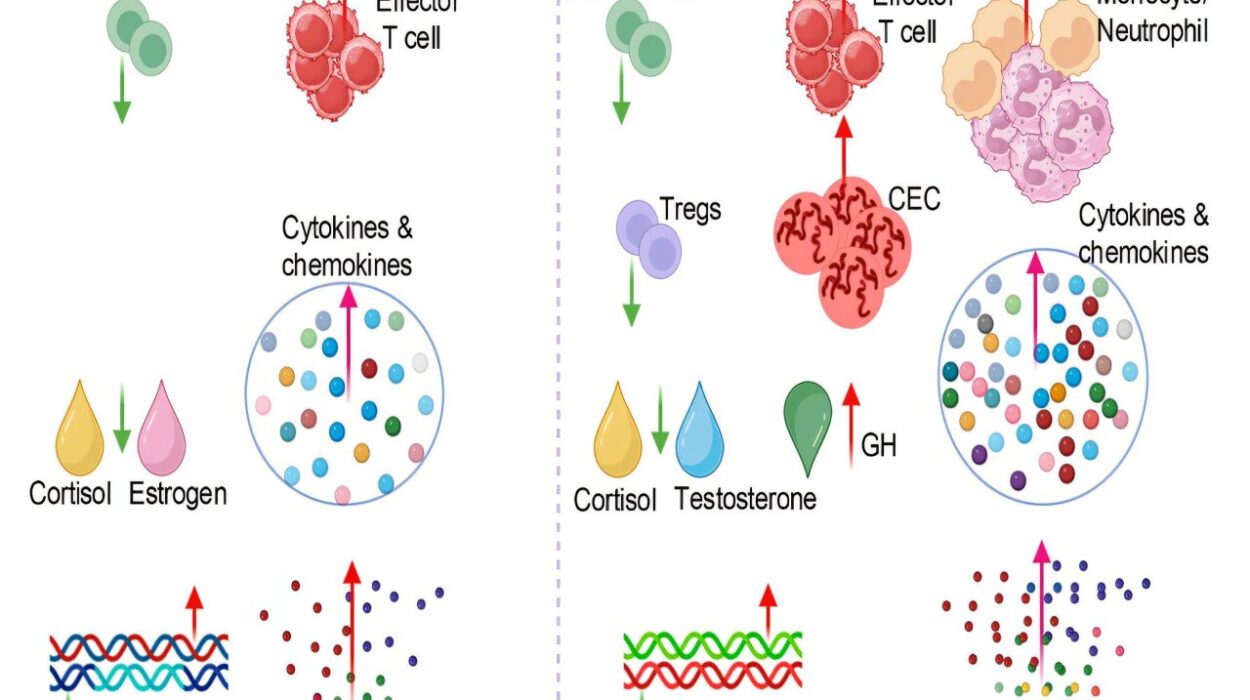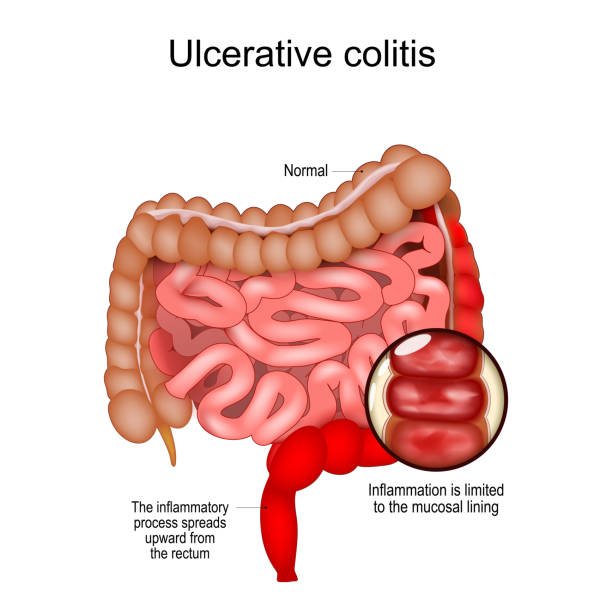When most people think of exercise, they think of toned muscles, weight loss, or fitting into their favorite jeans again. While these are valid motivators, they barely scratch the surface of what physical activity really does for you. Beneath the visible transformations lies something far more profound and life-changing: the way exercise rewires your brain and uplifts your mood.
Exercise isn’t just about building a better body—it’s about building a better mind. Scientists now agree: consistent physical activity is one of the most powerful tools we have for improving mental health, emotional stability, cognitive function, and even creativity. If there were a pill that could do what exercise does for your brain, it would be the most prescribed drug in history.
In this journey through the brain-body connection, we’ll explore exactly how and why exercise is such a potent force for mental well-being and intellectual performance. Get ready to discover how moving your body can transform your mood, sharpen your focus, boost your memory, and elevate your entire life.
Brain Chemistry in Motion: How Exercise Changes Your Mental State
The moment you start moving—whether it’s a gentle walk, a vigorous run, or a sweaty dance session—your body begins a cascade of chemical reactions that affect your brain almost instantly. One of the most immediate changes happens in your neurotransmitters: the chemical messengers in your brain.
Physical activity increases the release of endorphins, often referred to as “feel-good” hormones. These endorphins interact with receptors in your brain to reduce the perception of pain and trigger positive feelings. This is the famous “runner’s high”—a euphoric, energized state often experienced after sustained aerobic activity.
But that’s just the beginning. Exercise also boosts levels of dopamine, norepinephrine, and serotonin—neurotransmitters that play critical roles in regulating mood, attention, motivation, and alertness. These chemicals are the same ones targeted by many antidepressant and anti-anxiety medications.
In fact, numerous studies have shown that regular exercise can be as effective as medication for treating mild to moderate depression—and with fewer side effects. It also helps reduce symptoms of anxiety, stress, and even ADHD. The key here is consistency. A single workout can lift your spirits, but a habit of moving daily can transform your mental baseline.
Cortisol Control: Taming the Stress Hormone
Stress is a natural part of life. But chronic stress, where your body is constantly flooded with cortisol (the primary stress hormone), wreaks havoc on both your mind and your health. High cortisol levels impair memory, reduce immune function, disturb sleep, and are linked to anxiety and depression.
Exercise is one of the most effective tools for regulating cortisol levels. When you move your body, especially through rhythmic and aerobic activities like walking, jogging, swimming, or cycling, your nervous system shifts gears—from fight-or-flight to rest-and-digest.
Physical activity burns off excess stress hormones and stimulates the production of neuropeptides that have calming effects on the brain. It also enhances the function of the hypothalamic-pituitary-adrenal (HPA) axis, which helps your body adapt better to stress over time.
Even a short 20-minute walk can lower cortisol levels and help you reset mentally after a tough day. Over time, regular exercisers report greater stress resilience, emotional balance, and an increased ability to cope with life’s curveballs.
Neuroplasticity and Growth: Building a Smarter Brain
One of the most exciting discoveries in neuroscience over the past two decades is that the adult brain is not fixed—it is adaptable. This phenomenon, called neuroplasticity, means your brain can grow, reorganize, and strengthen its connections throughout your life. And one of the most powerful drivers of neuroplasticity? You guessed it: exercise.
Aerobic exercise stimulates the release of brain-derived neurotrophic factor (BDNF), a protein that acts like fertilizer for your brain. BDNF encourages the growth of new neurons, especially in the hippocampus—the part of the brain responsible for learning and memory. It also strengthens existing neural connections and protects brain cells from age-related decline.
This means that when you exercise, you’re not just getting stronger muscles—you’re growing a stronger brain. Studies show that people who engage in regular physical activity have larger hippocampi, better memory, faster information processing, and greater ability to focus.
Exercise also boosts the prefrontal cortex—the brain region involved in decision-making, planning, and self-control. This translates to improved executive functioning, emotional regulation, and impulse control.
In short, exercise helps you become not only more physically fit but mentally sharper, more emotionally stable, and cognitively agile.
Mental Clarity on the Move: The Brain Fog Antidote
Ever feel like your brain is wrapped in cotton? That sluggish, unfocused state known as “brain fog” is often the result of poor sleep, stress, or lack of physical movement. Exercise is one of the fastest ways to shake it off.
When you move, blood flow to the brain increases, delivering more oxygen and nutrients that your brain needs to perform optimally. This helps you think more clearly, solve problems more efficiently, and retain information better.
One study found that even a single 20-minute session of moderate exercise can enhance information processing and memory in adults. Another showed that students who exercised before an exam performed significantly better than those who didn’t.
If you’ve ever gone for a walk and come back with a solution to a problem or a creative idea, you’ve experienced this firsthand. Movement clears the mental cobwebs and gets your cognitive gears turning.
The Mood Connection: Why Exercise Is Nature’s Antidepressant
Depression isn’t just sadness—it’s a complex, multifaceted condition that can drain your energy, motivation, and sense of hope. While therapy and medication are important tools, many mental health professionals now recommend exercise as a frontline treatment for depression.
Regular exercise can increase the availability of important mood-regulating chemicals, such as serotonin and norepinephrine. It also stimulates the release of endorphins and creates changes in brain structure that mirror the effects of some antidepressants.
But perhaps even more importantly, exercise gives you something depression often robs you of: agency. The simple act of choosing to move your body—even when it’s hard—can create a sense of accomplishment and momentum.
Exercise also provides structure, purpose, and often social connection—all of which are critical for mental health recovery. Group workouts, classes, or simply walking with a friend can offer camaraderie and reduce feelings of isolation.
And the best part? You don’t need to run marathons. Walking briskly for 30 minutes a few times a week can have dramatic effects. The most important part is to start and keep going.
Anxiety and Exercise: Shaking Off the Worry
Anxiety is the most common mental health condition worldwide. It’s the mind’s way of reacting to stress, but when it becomes chronic, it can interfere with your quality of life. The good news? Exercise is one of the most effective natural remedies for anxiety.
When you exercise, your body goes through physiological changes similar to what happens during anxiety—your heart rate increases, you sweat, you breathe faster. But in the context of movement, your brain learns that these sensations are not dangerous. This helps rewire your fear response.
Exercise also reduces muscle tension and triggers the release of gamma-aminobutyric acid (GABA), a neurotransmitter that has calming effects on the brain.
Mind-body exercises like yoga and tai chi are especially powerful for managing anxiety because they combine movement with breath control and mindfulness. However, any form of movement can help. The key is finding what works for you and doing it consistently.
Attention and Focus: Fueling Your Brain’s Productivity
We live in an age of distraction. Notifications, emails, and endless scrolling train our brains to bounce from one thing to another. But focus is a skill—and like any skill, it can be strengthened. Exercise is a powerful way to do just that.
When you move your body, you increase the production of norepinephrine and dopamine—two chemicals crucial for attention and motivation. This is why people with ADHD often find that physical activity helps them concentrate better.
A 2013 study published in the journal Pediatrics found that kids with ADHD who participated in regular physical activity showed improved attention, reduced impulsivity, and better social behavior. These findings extend to adults as well.
Exercise also promotes better sleep and reduces stress—both of which are essential for focus and mental clarity. If you find yourself struggling to concentrate, try taking a movement break. A short walk, some jumping jacks, or even stretching can reset your brain and bring your focus back online.
Creativity and Movement: Unlocking the Imaginative Mind
Some of the world’s greatest thinkers—Einstein, Darwin, Steve Jobs—were all known for their walking habits. Coincidence? Probably not. Exercise, especially rhythmic movement like walking, activates the brain’s default mode network, which is associated with imagination, insight, and creativity.
Studies show that people are significantly more creative after walking compared to sitting. Movement allows the mind to wander in a structured way, connecting ideas that were previously unrelated. It also boosts mood, which enhances creative thinking.
If you’re stuck on a problem or looking for inspiration, try moving. Take your brainstorming session on the road. Let your thoughts stretch and twist as your body does. You might be surprised at the ideas that start to flow.
Exercise and Aging: Staying Sharp Through the Years
As we age, many people worry about cognitive decline—memory loss, reduced problem-solving ability, and slower thinking. While some changes are inevitable, many can be delayed or even prevented with regular physical activity.
Exercise improves vascular health, which ensures that your brain gets the oxygen and nutrients it needs. It also promotes the growth of new brain cells and strengthens existing neural connections.
Older adults who engage in regular physical activity have been shown to have better memory, faster cognitive processing, and a lower risk of developing Alzheimer’s disease. Even starting in later life can make a significant difference.
Balance and coordination exercises—like dancing or martial arts—are particularly beneficial because they challenge both the body and the brain. They require focus, learning, and adaptation, all of which keep the mind sharp.
Making It a Lifestyle: Creating a Brain-Boosting Routine
Knowing how beneficial exercise is for your brain and mood is one thing—making it a consistent part of your life is another. Here’s the good news: it doesn’t have to be complicated or time-consuming.
Start small. Commit to 20-30 minutes a day. Choose something you enjoy. Walking, swimming, cycling, yoga, dancing—it all counts. Mix it up to keep it interesting. The best workout is the one you’ll actually do.
Make it part of your daily rhythm. Morning exercise can set a positive tone for the day. Midday movement can beat the afternoon slump. Evening activity can help you unwind—just be sure it’s not too intense right before bed.
Remember, consistency matters more than intensity. You’re not training for the Olympics—you’re training for life.
Final Thoughts: Your Brain on Movement
Your body was made to move, and so was your brain. When you exercise, you’re not just sculpting muscles or burning calories—you’re enhancing your ability to think, feel, connect, and create.
In a world that often feels overwhelming, movement is your anchor. It’s the daily reset button. The natural antidepressant. The brain fertilizer. The focus enhancer. The creativity spark.
So the next time you’re feeling low, foggy, anxious, or uninspired, don’t just sit and wait for the feeling to pass. Move. Step outside. Stretch. Walk. Dance. Run. Lift. Breathe.
Because every time you move your body, you’re giving your brain exactly what it needs to be its brilliant, beautiful best.






